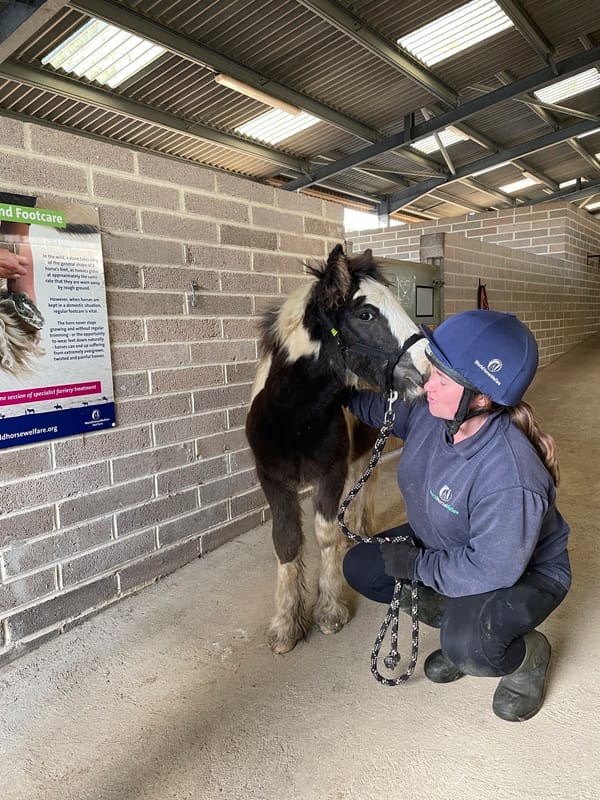Once-in-a-Lifetime Finding of Incredibly Rare ‘Humbug’ Pygmy Shrew Photographed in Cornwall
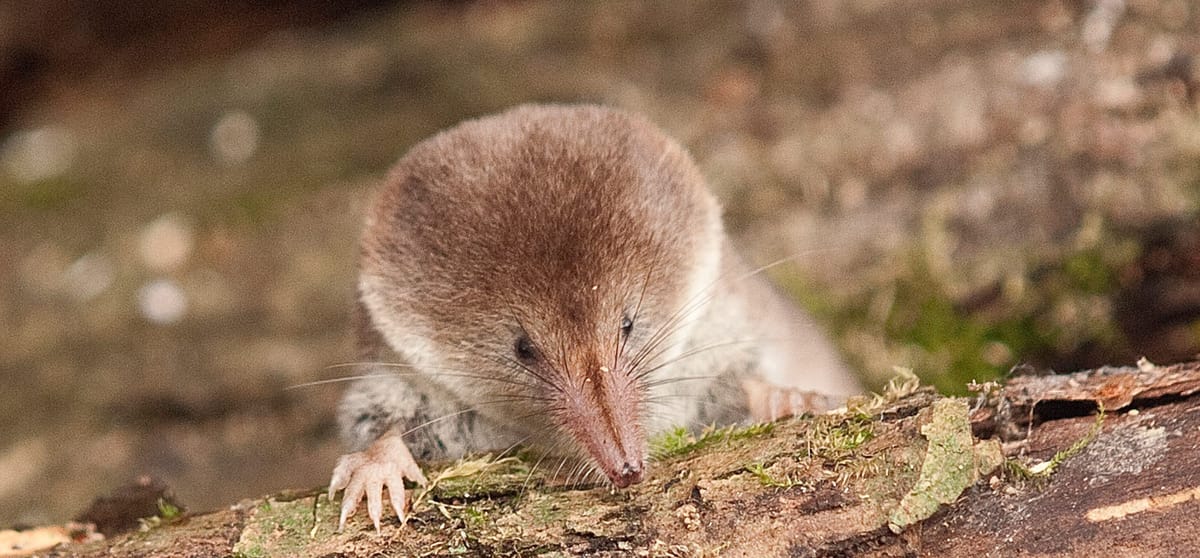
By Jill Dando News
An extremely rare pygmy shrew with an albino mutation was found by Anita McMillan near St Austell, Cornwall, while out for a walk.
“I went for a walk with my zoom lens, hoping to capture some good photos of birds or butterflies,” said Anita. “This was a failed mission. Instead, this little creature caught my eye. As I was a distance away with the zoom lens, it wasn't aware of me and kept busy in the leaves. I spent around 30 minutes watching it and trying to get a clear photo – they move quickly!”
Pygmy shrews are Britain’s smallest land mammal, weighing between 2.4 and 6.1 grams – the same as a penny!
Usually, their fur is two-tone, being grey-brown on top and grey on the underside.
White fur can appear in mammals when there is an absence of pigment – this is called albinism. This mutation is usually rare and results in an animal being wholly white, although sometimes partial areas of white can occur, such as the band on this pygmy shrew.
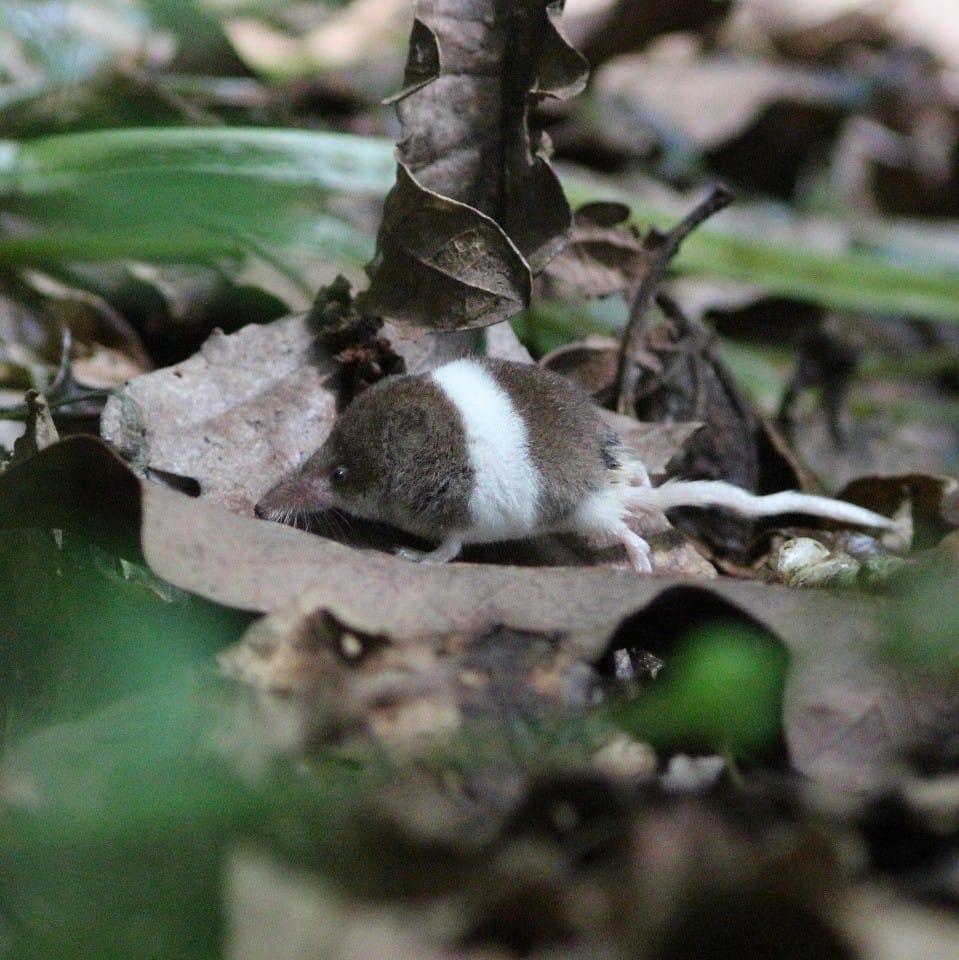
In shrews, albinism is rarely recorded – and usually only in one of our other native shrew species, the common shrew.
Matt Larsen-Daw, CEO of the Mammal Society, said: “As far as we know, this is the first pygmy shrew with this distinctive patterning ever recorded in the British Isles."
Pygmy shrews are an important part of our ecosystems, eating over 250 prey items (usually invertebrates such as beetles and woodlice) in a single day – up to 125% of their body weight!
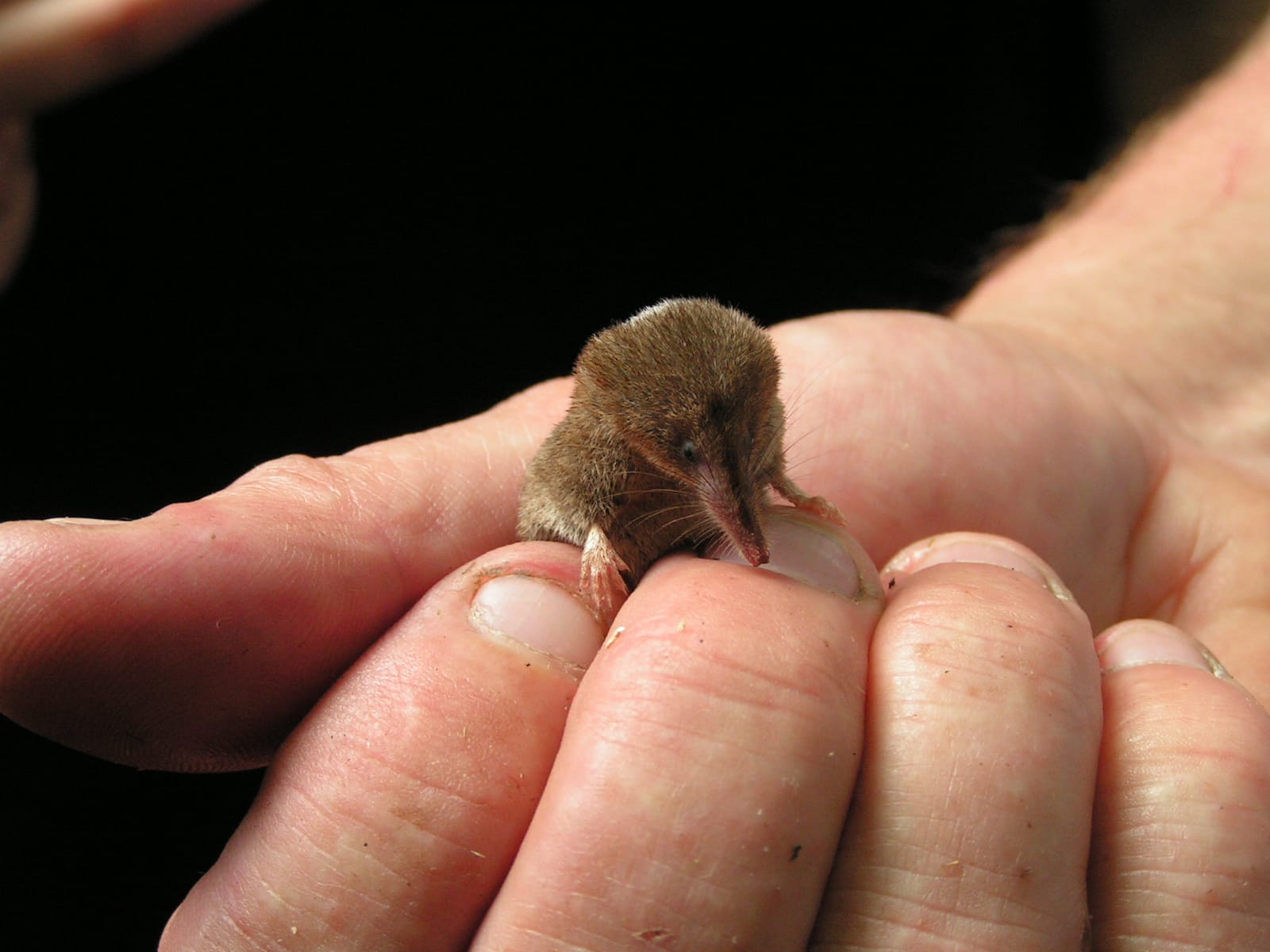
Unfortunately, in Ireland, the invasive greater white-toothed shrew has displaced pygmy shrew populations.
The greater white-toothed shrew was also found in mainland Britain in 2021, and as a result of this, the Mammal Society is now monitoring their spread through their project ‘Searching for Shrews’, where they are calling on volunteers to dissect owl pellets.
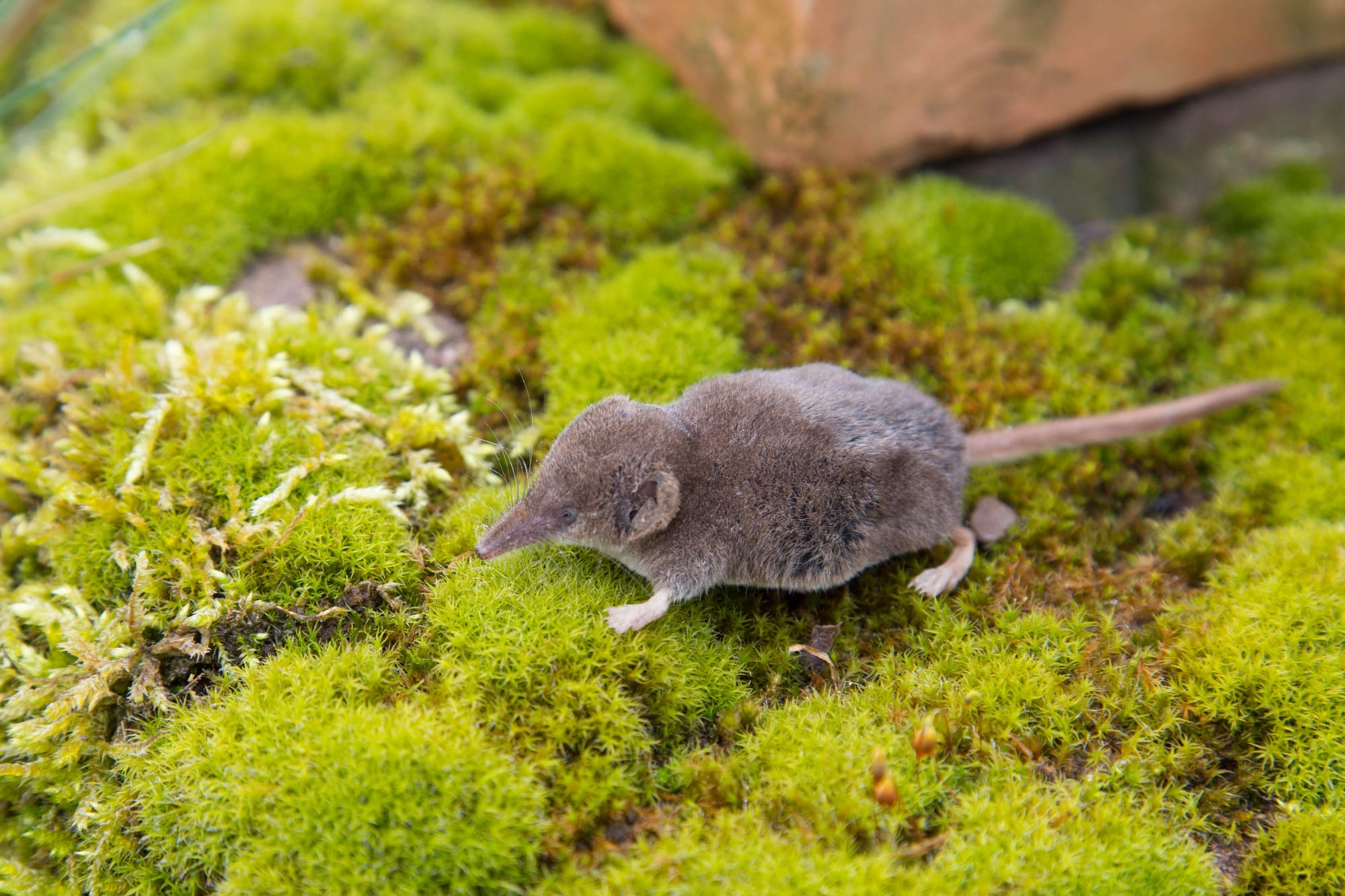
Owls are a key predator of small mammals, such as shrews, and regurgitate pellets with undigested skull and jaw bones, which enables citizen scientists to record the species found and thus track the spread of the non-native greater white-toothed shrew.
Currently, no adverse impacts on pygmy shrews have been found from the greater white-toothed shrew’s presence in mainland Britain, but the Mammal Society is continuing to monitor their spread and expand on research.
To see more about the work the Mammal Society do click here
If you have a positive story or uplifting news to share, we’d love to hear from you!
Just email us at news@goodnewspost.co.uk.
Whether it's a local hero, an act of kindness, or a personal win, your story could help spread joy and improve someone’s mental health. Let’s make the world a little brighter, one good news story at a time.
And don’t forget—you can sign up for free to get the latest feel-good stories straight to your inbox!


